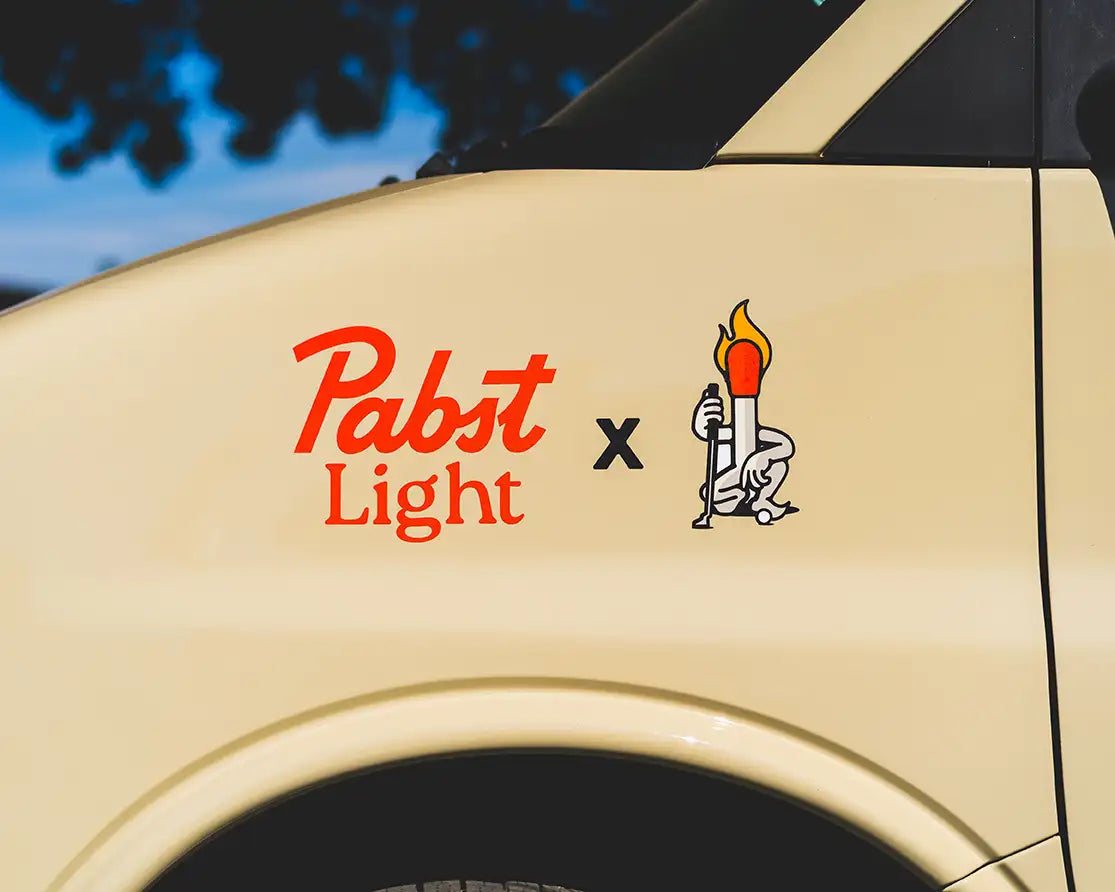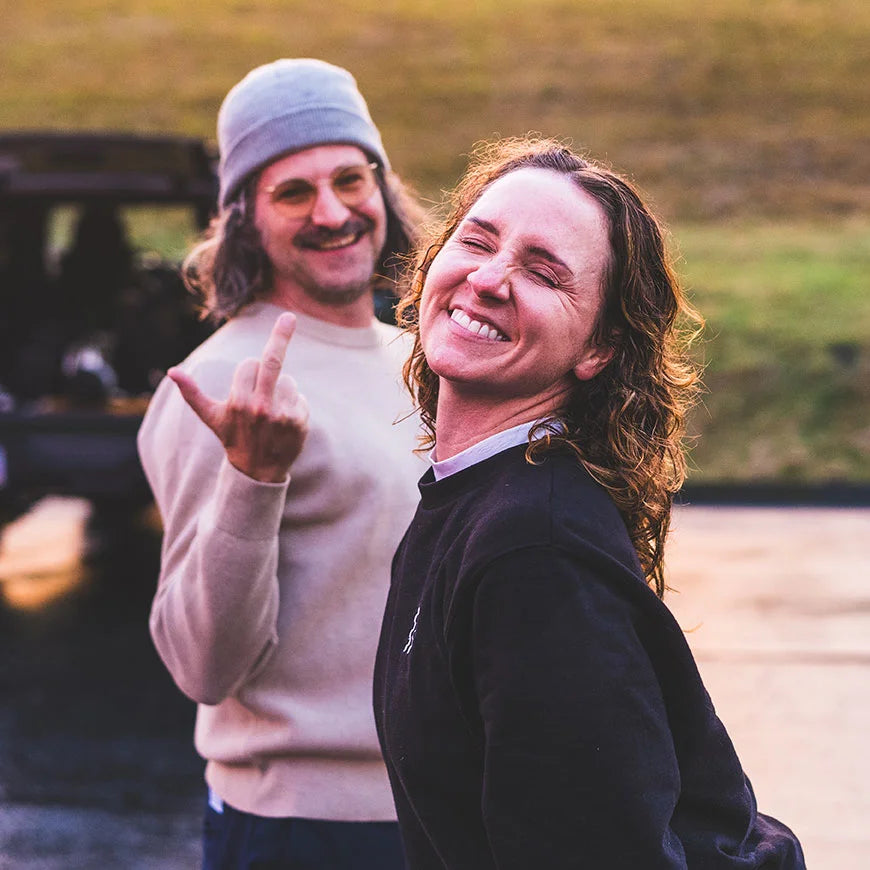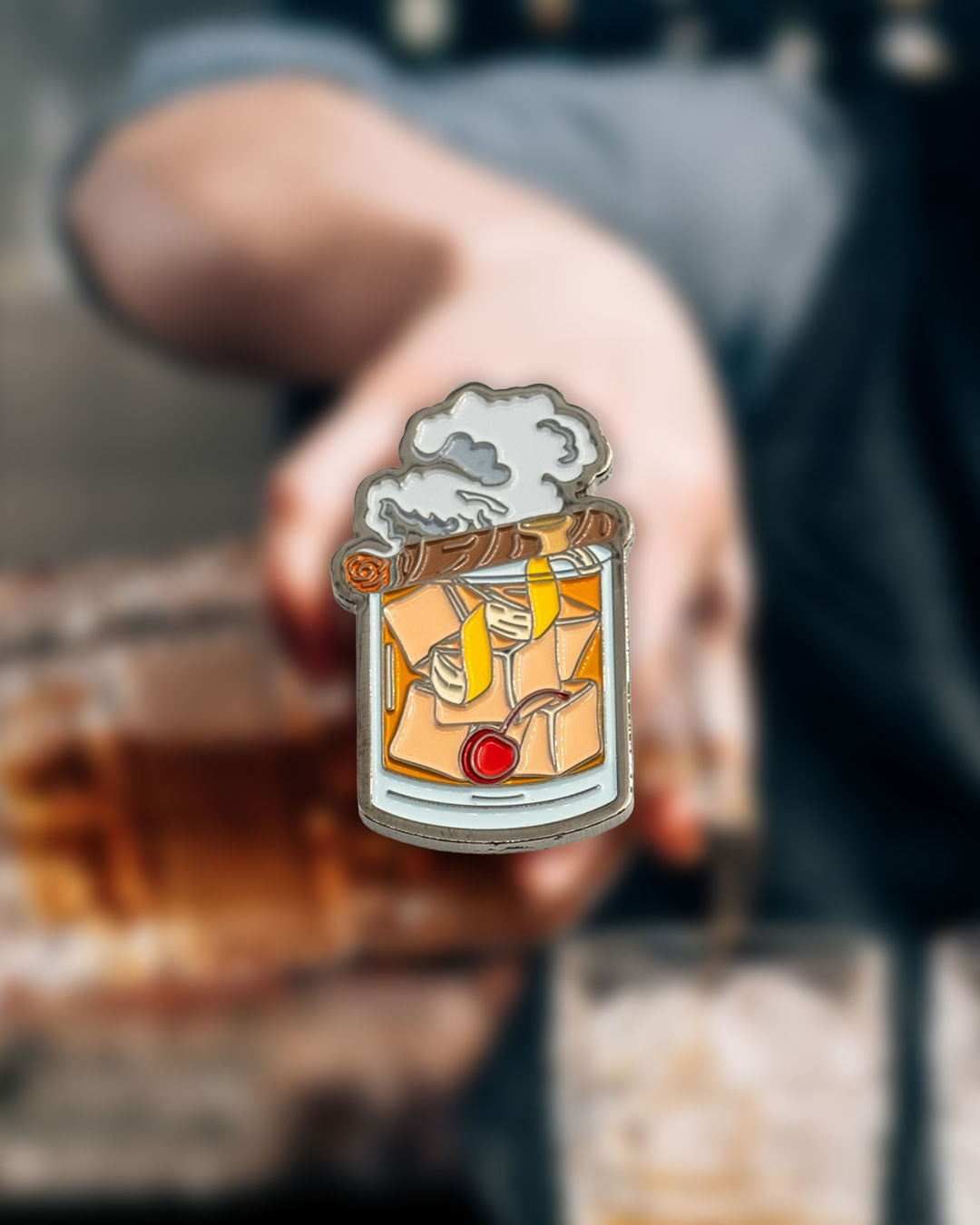
Glendoveer East No. 15 in Portland, Ore. as seen from above.
Many of us see municipal golf courses as tracks for regular folk. They are places for the sporting proletariat to experience a sport that, here in the United States, is seen as elitist, expensive, and exclusive. As courses have shut down and as prices have raised, the disparity between private and public has become more apparent. Even the term "municipal" has loosened in its definition. Our father's generation may have been more strict, but today the term "muni" has come to apply to both city- and county-owned tracks as well as low-priced, mom and pop-run courses that require neither a collar nor any trappings of golf's bourgeoisie — cargo shorts and flip-flops allowed.
These are the types of courses that I play, almost exclusively. Looking back over the calendar, since over the past three years I've played fewer than 10 rounds at courses that are either private, semi-private membership, or crack the $75 mark. Meanwhile, the logbook also tells me that I've been present for 33 rounds at Glendoveer, a Metro-run course here in Portland, during that period.
I think a lot about the difference between private and public golfers. How the mindset of one is not necessarily superior to the other, particularly as I continue to work against my own predisposition to apply blanket judgement off of what can often seem as innocuous details. But one thing is for certain, at least here in Portland. Our publicly-owned courses are in a varying state of upkeep, and their condition and inclusion of the community does not yet reflect the revenue generated over the past 24 months.
Golf has skyrocketed in popularity during these abnormal times, and tee times everywhere are hard to come by. Portland is no different, and a recent conversation with Big Chris from the MuniciPals Podcast and Team Matchstick's own Joel Sovereign has prompted me to consider deeper the impact that courses should have on their community.
I won't spoil the whole pod, as I think it's a nuanced discussion that both Chris and Joel brought a lot to the table and deserve to be heard in their own voice on. But while we have this opportunity, where golf is in a position of revenue-generating power, it might be time to consider how else city-owned courses should impact their community. These are beautiful green spaces owned by the public, but the old-time thinking of siloed use doesn't apply as city budgets tighten and public demand for inclusivity grows louder.
Should public golf courses provide other services? Should they also house running trails, community centers, and other sports facilities to make their use more dynamic for a changing environment and attitude toward golf? And in what way can we future-proof our public courses by adding community impact outside the golf community so we may maintain these tracks as valued services for years to come?
Listen to the full podcast here and follow MuniciPals Golf and Joel on Instagram.




Leave a comment (all fields required)